Types of Metal Building Anchors and When to Use Them

Most of us usually admire the roof, walls, and sleek design of metal buildings. But do you know it’s the anchors hidden beneath that do the heavy lifting, literally. They keep the entire structure tied down to the ground, ensuring it doesn’t shift or tilt. Think of it this way, a steel building without anchors is like a tent without stakes. It may look stable on a calm day, but the first storm can pull it apart. Anchors connect your building to its foundation, giving it the strength to withstand years of wear and tear.
But different buildings need different anchors. How will you choose them, given that their selection depends on several factors? We have listed some popular and widely used anchors for installing steel buildings. You can learn about them so that you don’t sound blank when you discuss your requirements with a metal building dealer.
1. Concrete Anchors – The Go-To for Heavy Structures
If you want permanent stability, concrete anchors are selected right away because these anchors drill deep into the ground of concrete slabs. They grip tightly, so the metal building stays rooted even when nature puts it to the test. Strong winds and heavy rain can’t uproot your prefabricated structure easily if the right concrete anchors are used impeccably.
Types of Popular Concrete Anchors:
Wedge Anchors: It is a one-piece bolt with a wedge end. When you tighten the nut, the wedge pulls up and the anchor expands inside the hole. This process creates a strong mechanical hold in solid concrete. To use this anchor for metal building, mark the location and pick the right anchor size.
Pros:
- High tensile (pull-out) and shear capacity.
- Simple one-piece design.
- Many manufacturers offer stainless or heavy-galvanized versions for corrosion resistance.
Cons:
- Not for hollow block or thin masonry. Use only in solid concrete.
- Requires proper embedment depth and edge/spacing from concrete edges.
Sleeve Anchors: Many metal building dealers use these steel building anchors for stable and strong walls. A sleeve anchor has a threaded bolt surrounded by a hollow metal sleeve. When you tighten the nut, the sleeve expands outward and grips the hole walls. The sleeve design works in solid concrete, brick, and many masonry units.
Pros:
- Versatile use
- Pre-assembled design
- Multiple head styles
Cons:
- Lower load capacity
- Not ideal for hollow materials
- Careful sizing needed
When to Use Concrete Anchors?
- For Metal Garages: Imagine parking your car inside a garage built on a concrete slab. Without strong anchors, the garage walls could shift over time. This can put your vehicle at risk. Foundation anchors, such as wedge and sleeve, ensure your garage remains solid, even in areas with heavy snow piling against the walls.
- For Large Barns: Farmers often store hay, tractors, and animals inside barns. All that weight makes it difficult to hold everything for a long time. A barn anchored with concrete anchors can resist both the inside load and outside wind pressure. That’s the reason most large and clear-span metal barns use concrete anchors.
- For Commercial Steel Structures: We all know that businesses can’t afford downtime due to shaky buildings. Anchored metal structures like warehouses, workshops, and retail spaces stay steady. They offer both safety and peace of mind to owners. They don’t have to worry whether it’s torrential weather outside because these anchors offer unmatched strength.
2. Asphalt Anchors – For Driveways and Light Buildings
Not every metal building sits on concrete. Sometimes, you want to install a carport or shed on your asphalt driveway, and that’s where asphalt anchors are used. They are specially designed to bite into asphalt surfaces. Your lightweight steel structures get a secure hold due to these anchors.
Types of Asphalt Anchors:
Spike Anchors: These asphalt anchors have metal spikes or barbs that help the anchor dig deep into the asphalt. You have to hammer the spikes into the pre-drilled holes. It allows the anchor to grip the paving securely through friction. They have an “S” shaped tip that goes inside to create vibration resistance. This type is ideal for quick installations and makes prefab buildings durable, so they serve you for years to come. Homeowners who want a shaded spot for a car or RV without a concrete slab can use this anchor.
Pros:
- Cheap and quick to install
- No special tools needed
- Good for very light sheds or shelters.
Cons:
- Weak against wind uplift
- Can loosen in hot or cracked asphalt
- Only temporary use.
Screw-in Asphalt Anchors: They are also called fasteners because they bond to asphalt using a chemical grout. First, drill a hole to use this anchor. Inject the grout and then insert the anchor to the depth you need. They are used for various building installations. However, check load limits because these steel building anchors are best for light to moderate loads. Don’t use them for heavy structures.
Pros:
- Stronger hold than spikes in asphalt
- Easy to remove or relocate
Cons:
- Not for heavy structures
- Needs thick asphalt for best grip
- May loosen in extreme heat
When to Use Asphalt Anchors?
- For Metal Carports: Since carports are lightweight, these anchors work the best for them. Homeowners choose these anchors because they reach the soil beneath and strengthen a carport, allowing it to stand firm even in strong winds. Screw-in anchors are twisted in to provide a strong and lasting hold to the steel carport.
- For Temporary Barns: These barns widely use asphalt anchors because they are temporary structures. Other metal structures can also use them if they want a temporary hold, but strong enough to withstand harsh weather. However, in a very hot climate, asphalt softens, and spikes can loosen, so using screw-in anchors usually helps to hold better in heat. But don’t begin installation without checking the weather and soil impact on installation.
3. Mobile-Home Anchors – Screw Into Soil for a Strong Grip
Mobile home anchors are also called Auger anchors. They are designed in a way to be screwed deep into the ground. They are like giant screws that help your metal building sit firmly on bare soil. They work on the tie-down system to secure your prefab structure to the ground. So, in the case of high winds and harsh weather, they can withstand strong conditions. Well, there are different types of anchors and tie-down methods.
Types of Mobile-Home Anchors
Helical Anchors: Helical anchors are long steel rods with a single screw-like plate (helix) at the bottom. They are twisted into the soil like a big screw. The helix helps them grip tightly and makes them great for anchoring barns, carports, or sheds directly on bare soil. Most anchored steel structures stand the test of time, helping owners maximize their property value.
Pros:
- Strong hold in most soil types
- Can be removed and reused
- Good wind and uplift resistance
Cons:
- Not effective in rocky or very shallow soil
- Needs machinery for deep installation
- Costs more than basic rebar anchors
Double-Helix Anchors: Double-helix anchors are like helical anchors but with two screw plates instead of one. The second plate gives extra holding power. Single helix anchors are insufficient in loose and sandy soils; in such cases, double-helix anchors are more effective. If you want to install farm metal buildings or commercial metal barns in a windy open field, use these anchors for better strength.
Pros:
- Extra grip in loose or sandy soil.
- More resistant to strong winds than a single helix.
- Still removable if you relocate the building.
Cons:
- Harder to install, often needs power equipment
- More expensive than single-helix anchors
- Not practical in shallow or rocky ground
When to Use Mobile Home Anchors?
- For Barns on Farmland: Mobile home anchors, like a double helix, are used for agricultural structures. Because they offer excellent grip to the ground, and for extra stability, they are paired with foundation anchor washers for metal buildings.
- Carports and sheds on Dirt or Grass: Use these anchors when you can’t or don’t want to pour concrete. They work effectively in loose soil because of their design. So, this type of anchor can work well for carports and sheds on dirt or grass.
4. Rebar Anchors – Simple and Best for Light Uses
Rebar anchors are the most basic and cost-effective way to secure a steel structure. They are made from rebar, which is a reinforced steel rod. They are cut to the length as needed and then hammered into the ground. The rebar is then tied or bolted to the steel frame of the building. However, they don’t offer the same strength as concrete or auger anchors; they are great when you want a quick and low-cost solution for your lightweight building.
Popular Types of Rebar Anchors
Straight Rebar Anchors: As the name indicates, they are plain and straight rods of rebar. The design of these metal building anchors enables them to drive directly into the soil or soft concrete. Most steel building installers use them when they are installing lightweight structures. It is because the anchors are known to provide a minimal hold, just enough to stop the shed or carport from shifting slightly.
Pros:
- Very low cost
- Easy to hammer into the ground
- Works for light sheds or carports
Cons:
- Weak holding power
- Not for high winds or heavy snow
- It can rust quickly if not coated
Bent / Hooked Rebar Anchors: These are rebars bent at one end into an “L”, “J”, or “U” shape as needed. The bend makes them harder to pull out of the soil, so they hold a little stronger than straight rods. They are often used in slightly windier areas where extra grip is needed but still not enough to justify heavy-duty anchors. So, for large parking areas, pair them with other anchors to maximize the safety of your farm vehicles.
Pros:
- Better grip than straight rebar
- Still affordable and easy to use
- Good for temporary garages or sheds
Cons:
- Limited strength overall
- Soil must be compact
- Prone to corrosion over time
When to Use Rebar Anchors?
- Small Garden Sheds: Imagine you are building a small metal barn on your farm to store tools or hay. You don’t need heavy-duty foundations, and you want to keep costs low. In this case, bent rebar anchors can be used as metal barn anchors. They will keep the structure steady during daily use, such as when moving equipment or opening wide barn doors.
- Lightweight Carports in Calm Regions: If you live in a region with low wind and little snow, rebar anchors can hold down a simple single-car carport. For example, in mild southern states where storms aren’t frequent, homeowners often use bent rebar anchors to secure open-sided carports over driveways.
- Temporary Garages or Workshop Covers: Since rebar anchors are perfect for temporary and lightweight structures, they can be used for a seasonal garage. You can cover your bike, car, and tools with a budget-friendly solution. So, these foundation anchors keep the structure steady enough for everyday use but can be removed or replaced easily when needed.
5. Concrete Pier Anchors – The Heavy-Duty, Permanent Solution
When you want a big and permanent steel building, concrete pier anchors are the safest choice. They are not like basic anchors that sit on soil or asphalt; these anchors are built directly into poured concrete piers or footings. Once in place, they form a strong bond with the foundation and provide deep, reliable support that you always need for your large prefabricated steel buildings. It is because they are designed to handle heavy loads, strong winds, and heavy snow. It makes them the go-to choice for commercial buildings and any steel structure that needs to last for decades.
Types of Concrete Pier Anchors
Embedded J-Bolt Anchors: These are steel bolts shaped like the letter “J.” They are placed in wet concrete when you are pouring a footing or pier. Once the concrete cures, the bolts are locked in place permanently. The metal building’s base plates or columns are then bolted to these J-bolts. This gives a secure, long-term connection between the steel frame and the foundation.
Pros:
- Very strong and long-lasting
- Excellent for barns and commercial buildings
- Set directly into concrete for maximum strength
Cons:
- Needs concrete work
- Permanent, not removable
- Must be set correctly during pour
Large Footing Anchors: These are heavy-duty anchor plates or long bolts that are set deep into wide, reinforced concrete footings. The footing size depends on the building weight, soil condition, and local weather loads. These steel building anchors are commonly used in large barns and commercial projects, where stability is non-negotiable.
Pros:
- Handles very heavy loads
- Perfect for big steel structures
- Best in high-wind or snow-prone areas.
Cons:
- Expensive to install
- Requires engineering/design
- Not suitable for small sheds or carports
When to Use Concrete Pier Anchors?
- Commercial Steel Structures: Warehouses, workshops, or retail steel buildings must meet strict safety standards. This is why concrete pier anchors provide the strength needed to keep these buildings secure, even under heavy daily use.
- Large Barns and Agricultural Buildings: A big vertical roof barn often houses livestock, tractors, or heavy hay bales. That extra weight puts stress on the structure. Concrete pier anchors act as a strong base and prevent shifting or sagging over time in these agricultural buildings.
- High-Wind or Heavy-Snow Regions: In areas with hurricanes, tornadoes, or blizzards, lighter anchors are not enough. Concrete pier anchors resist uplift from wind and lateral pressure from snow loads to keep the building safe and upright in extreme weather.
Find Your Perfect Foundation with Viking Barns
The right anchor may not be the first thing you think about when planning a metal building, but it’s the foundation of your building’s safety and strength. Whether it’s a small shed on asphalt, a carport on soil, or a large barn built to stand tall against heavy snow, the right anchoring system ensures your structure lasts for years to come.
At Viking Barns, we don’t just provide high-quality steel barns; we help you choose the proper structure as per your needs, location, and budget. Our team makes sure your barn or steel structure isn’t just built, but built to last.
So, when you are ready to invest in a durable and customized barn, trust Viking Barns to bring your dream to life by contacting us.
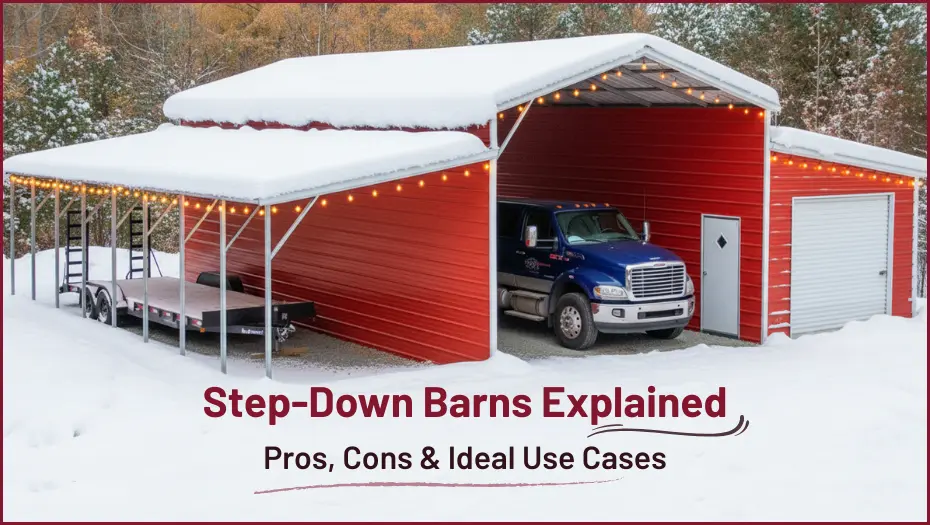


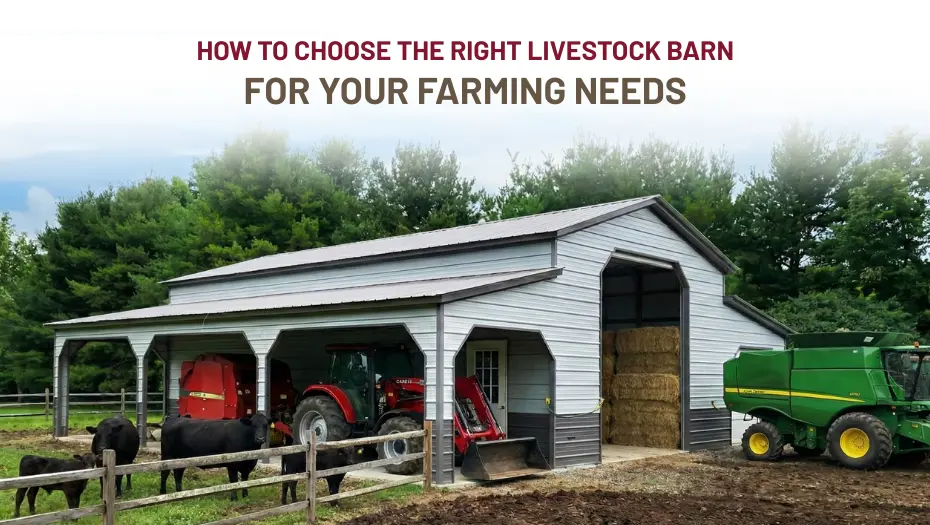

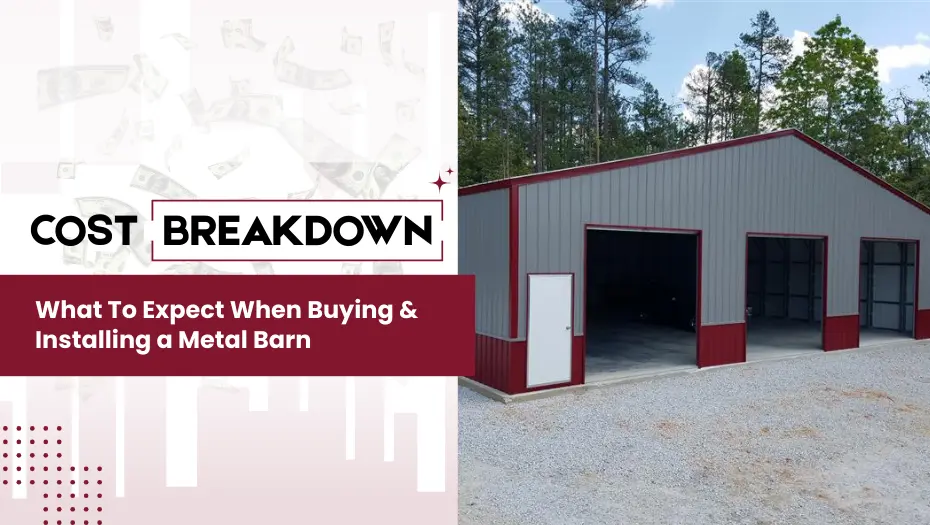
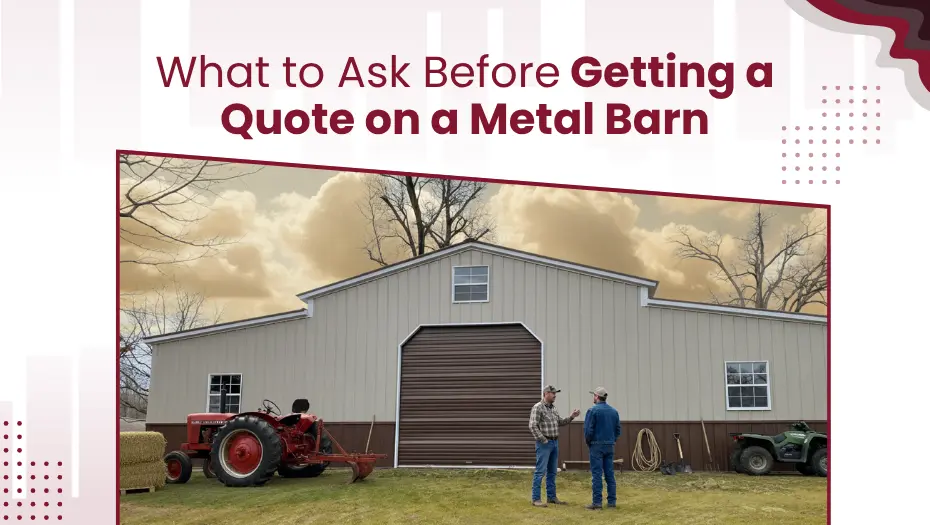
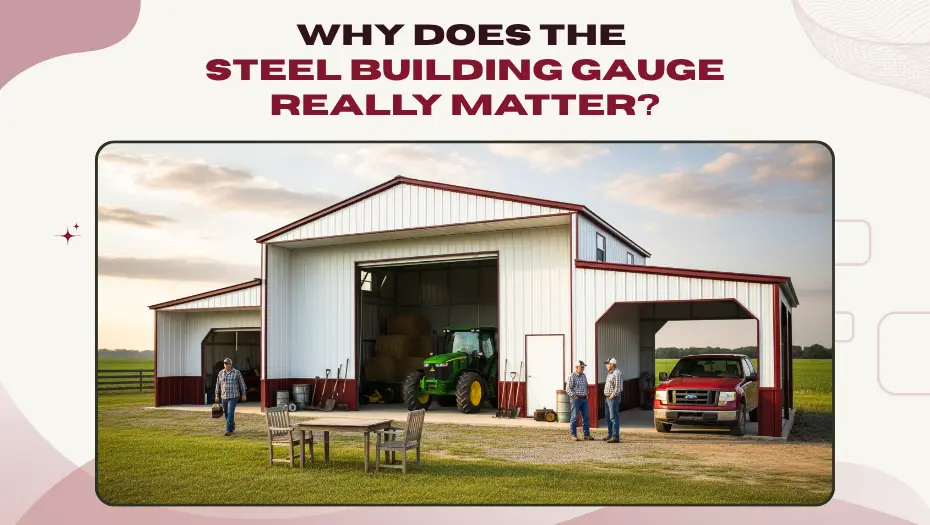
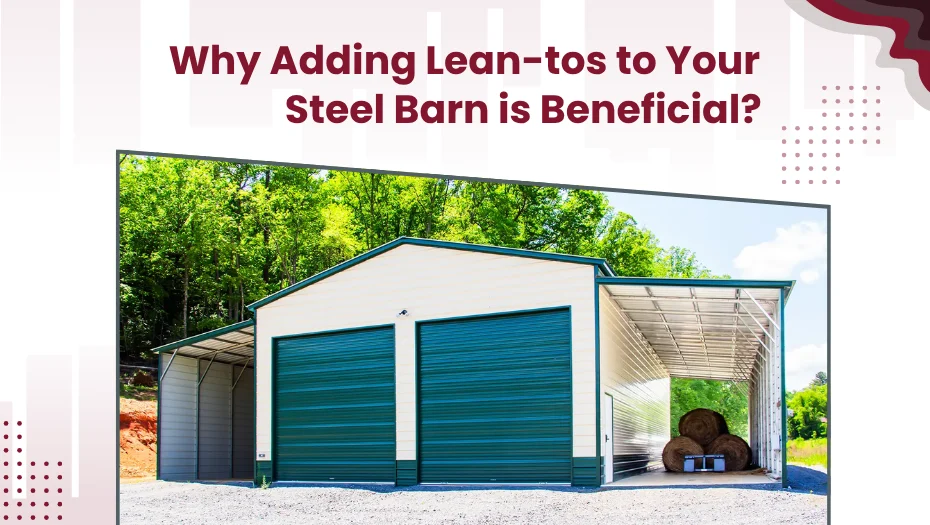
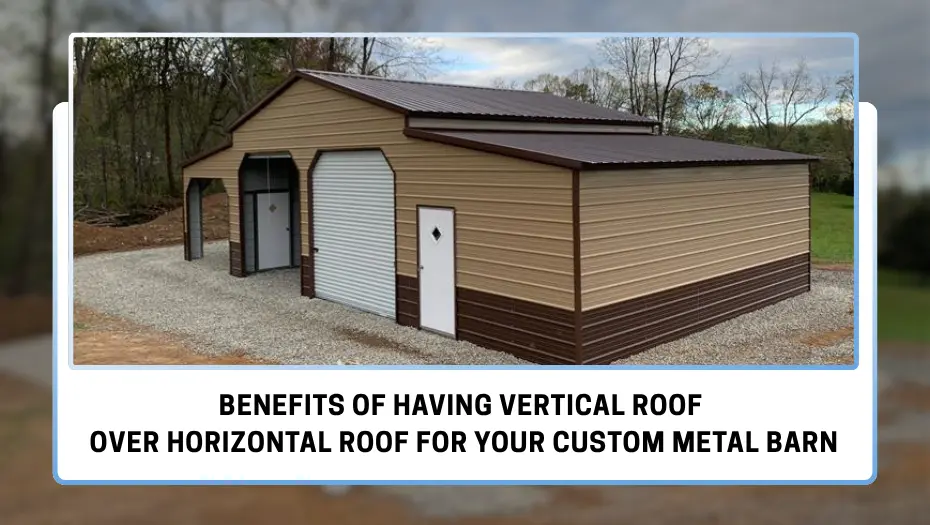



 Alabama AL
Alabama AL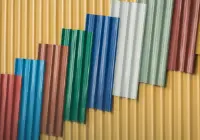

 American Steel Carports Inc.
American Steel Carports Inc.